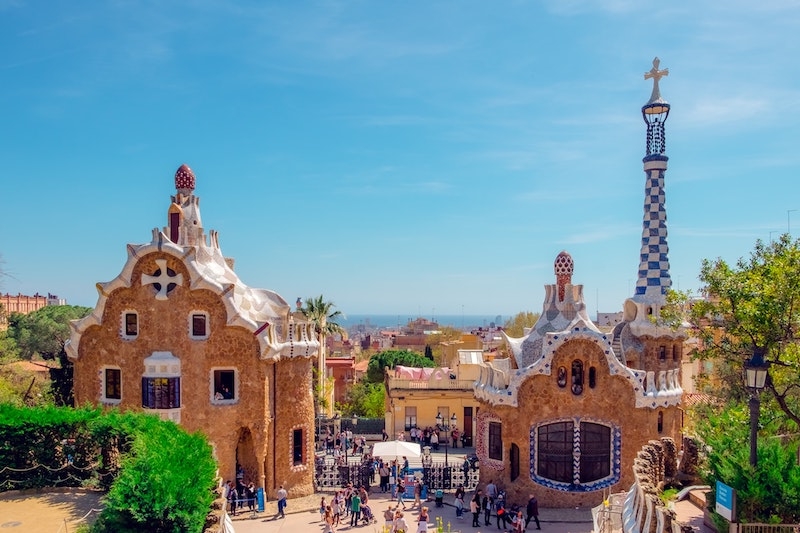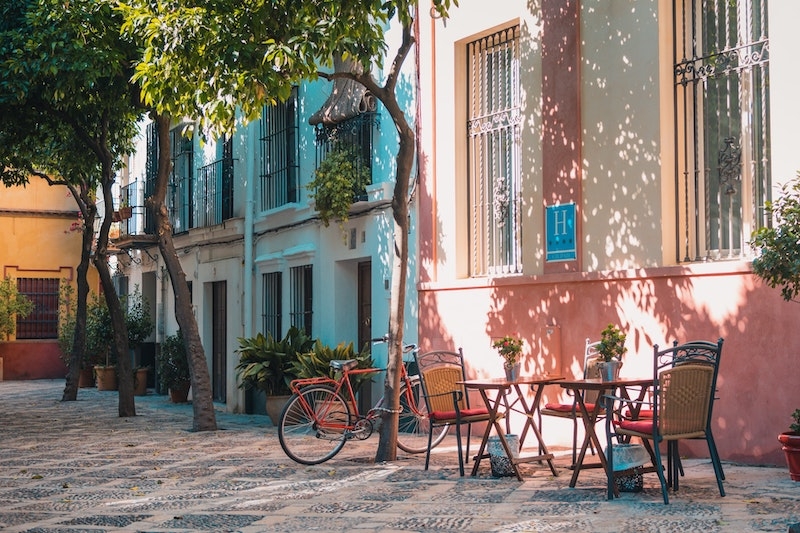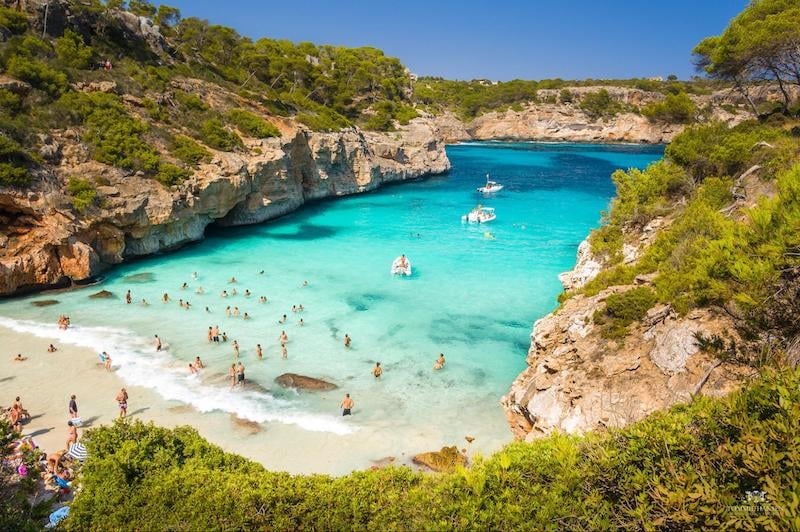Much like Greece and Italy’s renewed efforts to attract tourists, Spain is dangling a very tempting offer to travellers all over the world. Only this time, this sun-drenched country has its eyes set on a fixed date. As early as 1 July 2020, Spain is planning to welcome international tourists on its shores — and just in time for the summer season, too!
Thanks to the lowered rate of virus infections, the Spanish Prime Minister Pedro Sánchez has announced that the tourism industry can safely resume preparations for the summer, and foreign travellers can start planning their vacations once again. Before you pack your bags to Spain, read up on the country’s plans for foreign travellers!
Also read: Here’s How Sicily, Italy Can Pay for A Portion of Your Travels in Their Region!
Details on the current situation in Spain

Image credit: Daniel Corneschi
At the time of writing, Spain has 283,849 confirmed cases, 27,118 deaths, and 196,958 recoveries. After two months of implementing strict quarantine measures, the country has successfully flattened the curve. The number of recoveries has overtaken the death count, which recorded fewer than 100 daily fatalities in the past week.
Nevertheless, the pandemic has dealt a devastating blow to Spain’s economy, which relies on tourism to stay afloat. More than 80 million overseas travellers visited Spain in 2019, making it the second most-visited country in the world after France.
Now that the country is gradually emerging from lockdown, the Spanish government is looking to tourism to revive the economy and provide a much-needed boost to regions still reeling from the loss of income.
How Spain plans to open borders and welcome tourists

Image credit: Johan Mouchet
To set minds at ease, the Spanish government has rolled out a de-escalation plan to help the country transition to the new normal. This plan consists of four phases that can last around two weeks each, depending on the severity of infections in the region. Major cities like Barcelona and Madrid, which suffered the brunt of the pandemic in Spain, are one phase behind the rest of the country.
Under Phase One, Spaniards can gather in groups of up to ten people, while sidewalk cafés and restaurants can welcome customers at 50% capacity. Hotels are also prepared to welcome visitors, but common areas such as buffet halls will remain closed.
As of 25 May 2020, the majority of the country has advanced to Phase Two. Cultural venues like theatres, cinemas, art galleries, and museums can re-open with pre-allocated seating, without exceeding a third of their regular capacity.

Image credit: Tommie Hansen
Around the end of June, the beaches on Andalusia, Majorca, Minorca, Tenerife, Gran Canaria, Fuerteventura, La Palma, Lanzarote, and Ibiza will be open under Phase Three. Only a limited number of tourists will be allowed on these beaches in Spain. Furthermore, the areas for umbrellas and sun loungers will be spaced apart to set physical boundaries between beachgoers.
By Phase Four, Spanish restaurants and cafés will be able to seat visitors at a greater capacity, and movements will not be as restricted between regions. If this de-escalation process goes as planned, Spain may very well be open to international tourists by July 2020.
Also read: Tourism in Greece to Reopen for Selected Travellers: Here Are The Latest Updates

Image credit: Victoriano Izquierdo
Spain certainly has plenty to offer travellers: magnificent cathedrals, artsy streets, historic monuments, delicious food, colourful festivals and dances, fun-loving people, and sunny beaches that are synonymous with summer. However, it’s up for debate whether tourists will be willing to brave the risks of travelling to Spain in the coming months.
Let’s hope that this beautiful country makes a safe recovery so that we can return sooner than we think!
News sourced from Schengen Visa Info | Official Website.






